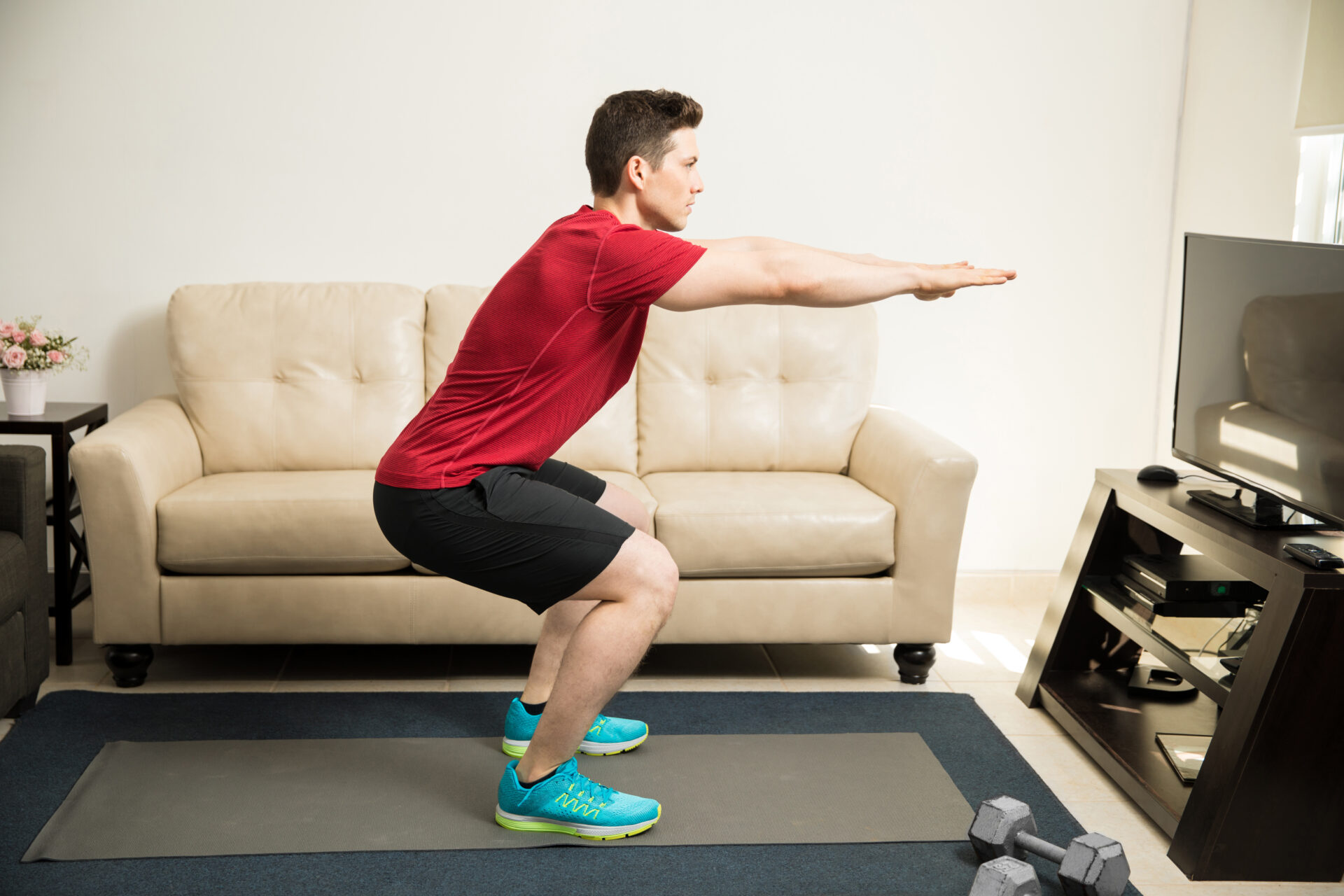EXERCISE AT HOME
It’s recommended that adults get at least 150 minutes of moderate activity, or 75 minutes of higher intensity aerobic activity weekly, including or in addition to two days of strength training covering all major muscle groups.
Walking, running and cycling are great options, and training in nature can provide a further array of mental and emotional benefits in addition to the many physical advantages of being active. Our classes and PT services at Scotland All-Strong offer great opportunities for aerobic and muscular training, as well as stress relief, relaxation, encouragement, knowledge and peer support in a small group setting.EXERCISES TO TRY and PROGRESSIONS
- Plank (on forearms for core focus, on palms for upper body focus with core). This isometric hold will strengthen the deep muscles of the core as well as the abs and obliques, improving posture and helping to prevent lower back pain. A strong core is useful in all sports and activities. To progress, time your hold and try to add 2 to 5 seconds on each day that you do it. When you can hold a plank for a minute or more, there are then many ways to add intensity.
- Squats – A classic exercise that doesn’t require much space and can be done while watching TV. These can be done in sets of 10 to 20 repetitions. To progress you can increase the number of reps, sets or add intensity by holding a weight, or pausing at the bottom of the movement. Try a wall squat for maximum time and add to this over the weeks.
- Alternate lunges are another great leg exercise for strength that can also provide aerobic benefit.
- The Burpee is a full-body move with many variations to add intensity. If you are new to these start with a few sets of 3 to 5, and add one each week, building up to sets of 10 to 20 before adding an intensity variable.
- Push-ups will work some major muscle groups of the upper body, and can be done on the knees to begin with. Strength can also be built by doing the eccentric, lowering portion only with as much control as possible. Again, there are many variations to add intensity.
These are just a few examples from many possibilities, and the more you train the more knowledge and exercise techniques you will accumulate and be able to perform confidently at home on your own. The more you train, the more you will want to train, and performing a few exercises at home will be something that you will come to enjoy and do more frequently.
These can be performed as one-off exertions to focus on specific muscle strength and endurance, or can be combined for full body strength and cardiovascular benefit.
EXAMPLE ROUTINE:
- WARM-UP with some marching on the spot, heel kicks, gentle torso twists, shoulder circles, jogging on the spot, star jumps, a few controlled squats
- 20 second plank
- 10 squats
- 5 push-ups
- 15 second plank
- 10 alternate lunges (5 each leg)
- 5 push-ups
- 20 ab crunches
- 5 burpees
- 15 second plank
- 5 burpees
- 10 squats
- DO THE ABOVE TWICE WITH MINIMUM REST TIME, THEN (recording your results):
- PLANK 1 x maximum, 30 second plank, 20 second plank
- SQUATS (good quality) as you can do in 2 minutes
- PUSH-UPS 1 x maximum, 10, 5 (with slow eccentric)
- BURPEES 10, 8, 6, 4
- STRETCH, BREATHE, ENJOY
There are countless ways to organise your training, but the above is a simple way to produce aerobic benefit, burn calories and boost metabolism, and gradually progress in strength and muscular endurance.
HAPPY AND HEALTHY TRAINING!
Andy
FITNESS TO FEEL BETTER, FITNESS FOR ALL

